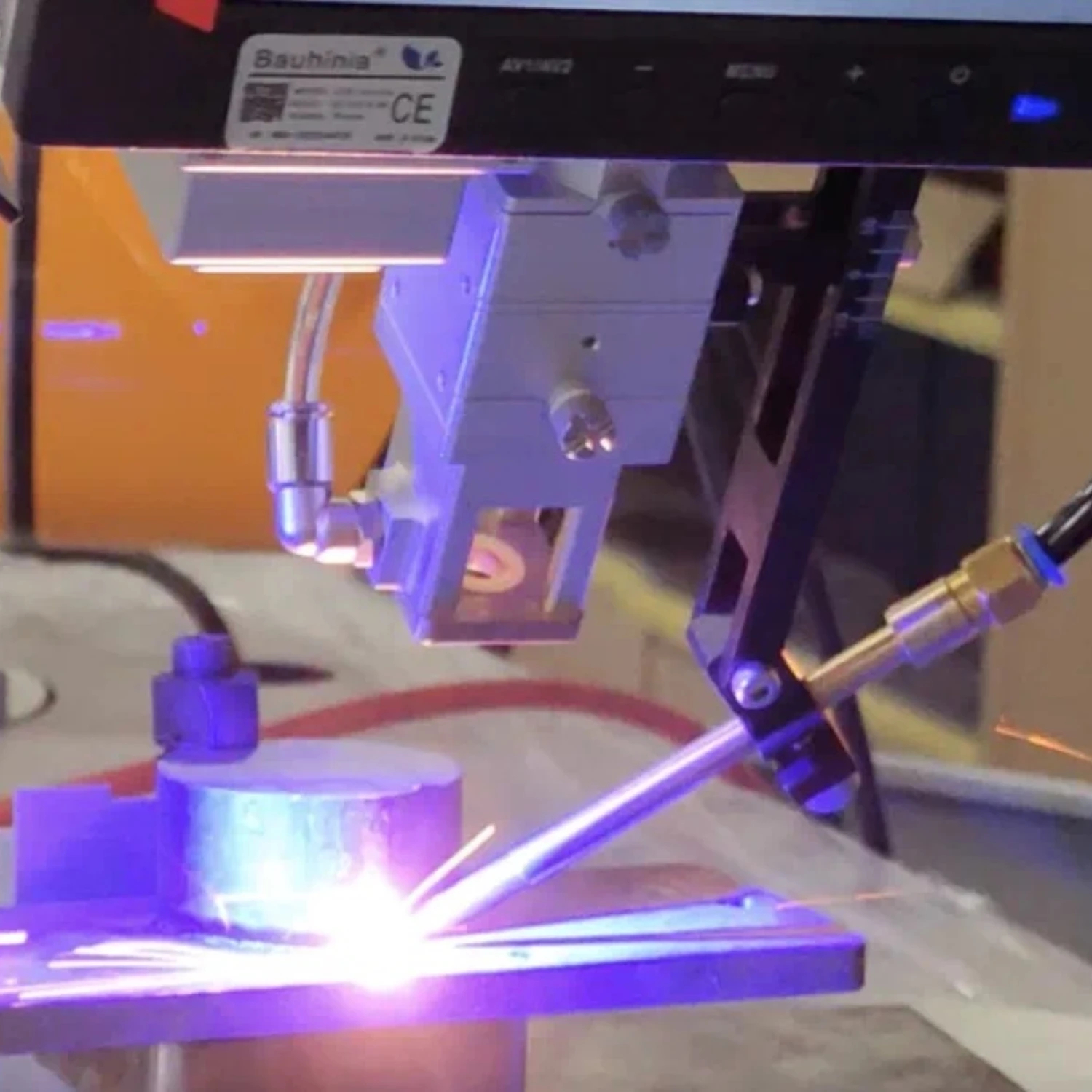The advent of robotic welding has fundamentally altered the landscape of manual welding. With ongoing advancements in robotic technology and decreasing costs, more businesses are adopting robots to replace traditional manual welding methods. This not only enhances production efficiency and product quality but also reduces labor costs and production risks for enterprises. Furthermore, workers can be liberated from arduous, repetitive tasks, allowing them to engage in higher level, creative work, thereby enhancing overall production line intelligence and sustainability.
In the realm of laser welding, the emergence and application of robots undoubtedly propel this technology towards new heights. Through precise control and automation by robots, laser welding becomes more efficient and accurate, paving the way for broader applications across various industries.
As pioneers in the industry, it's imperative that we embrace robotic technology actively and continuously explore its innovative applications in laser welding to maximize production efficiency and ensure sustained quality improvement.

